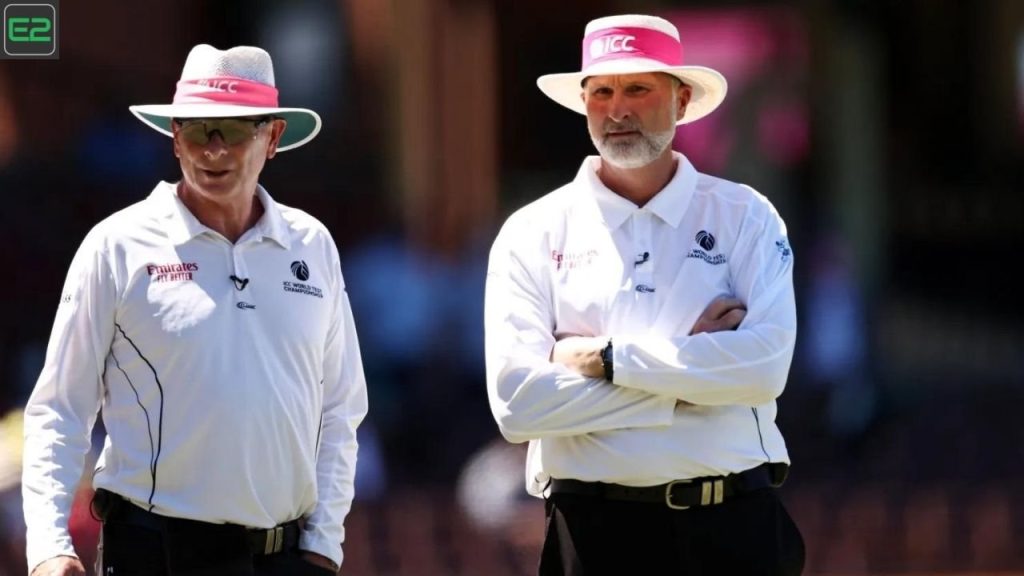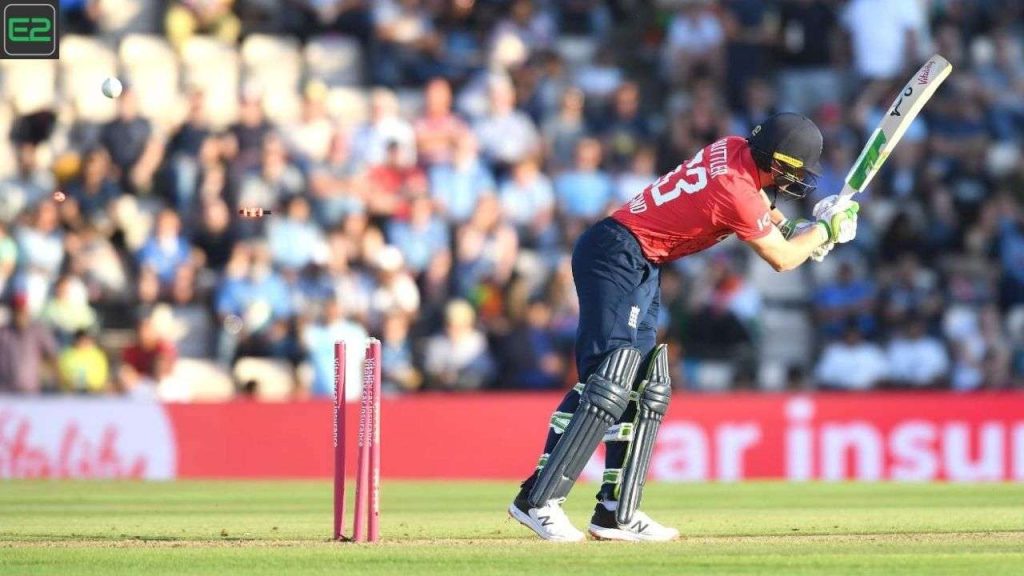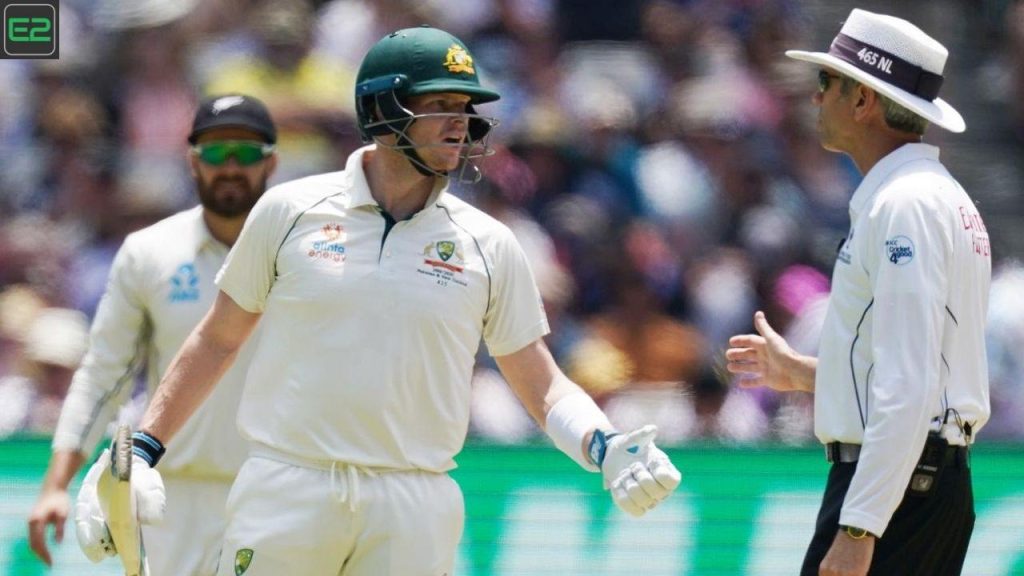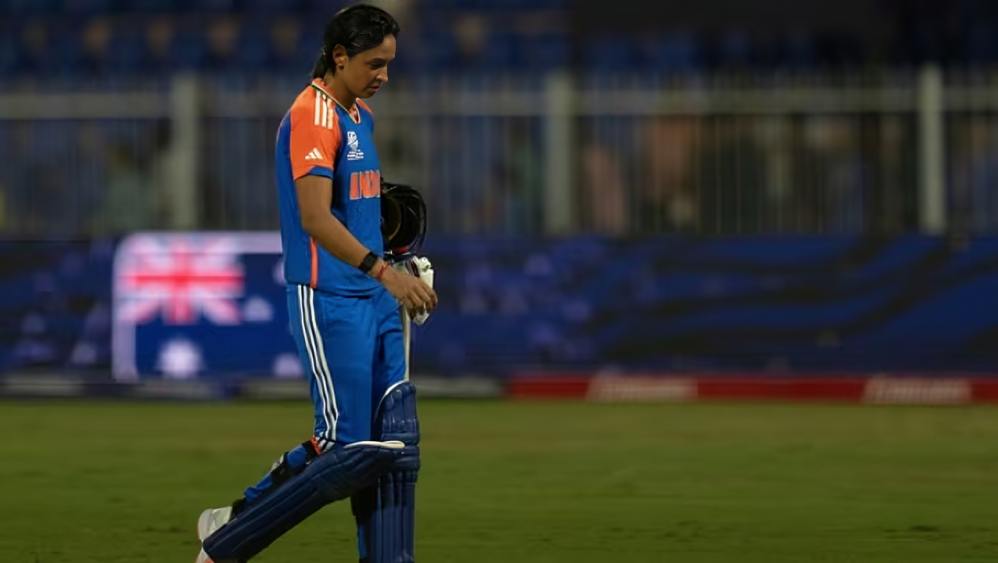Of the 10 different ways a batter can be dismissed in a game of cricket, the Leg Before Wicket (LBW) is the one that has sparked the most debates and controversies over the years.
Even a few years back, LBW decisions were heavily dependent on the on-field umpire’s personal interpretation and split-second observations. The very human element involved in LBW decisions often made it error-prone and a hot topic of discussion.
Things, however, have changed in recent years. The advent of technological aids like video assistance, ball tracking, and now the Decision Review System (DRS) have made LBW decisions more streamlined, reducing human error significantly, if not completely.
Regardless, in matches without these technical aids or even with them, the LBW remains the toughest decision an on-field umpire has to make during the course of a game.
Here’s a look at the rules and history of the LBW in cricket:
Table of Contents
LBW In Cricket Rules
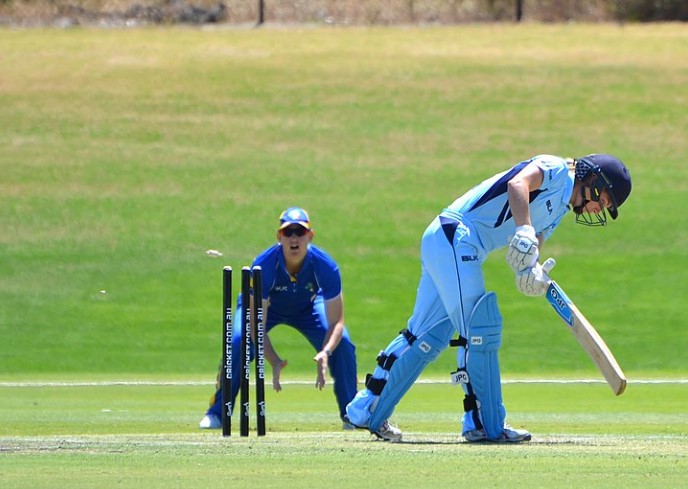
Simply put, a batsman is considered out LBW if they obstructs a ball that was en route to hitting the stumps with any part of their body barring their hands.
In cricket, the ands, up to the wrists, are considered as an extension of the bat. Batsmen typically wear protective gloves, the entirety of which are considered as their hands.
Though it may sound simple, several other conditions need to be met for a batsman to be given out through LBW, which introduces certain complexities to the decision-making.
LBW In Cricket: Conditions are:
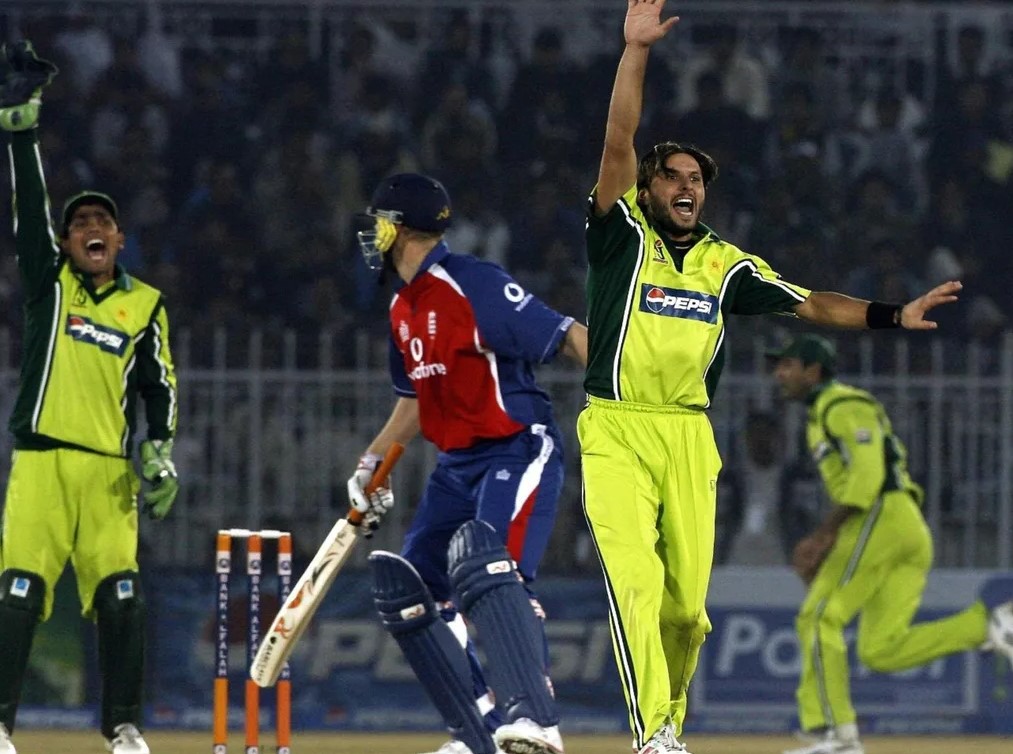
The ball must be a legitimate delivery, i.e. not a no-ball.
The first point of contact is considered for LBW calls, which means that if the ball hits the bat or hands first and then the player’s body, it cannot be given as LBW even if other conditions are met. If the ball hits the bat and the player’s body simultaneously, it is considered bat first.
If a delivery is not intercepted at full pitch (before bouncing) by the batsman, the ball must bounce in line with the three wickets or to the offside of the batsman’s off stump.
If the ball pitches outside the line of the batsman’s leg stump and proceeds to swing or spin towards the wickets, it cannot be given as LBW.
Even in the case of the ball pitching outside the off-stump line and turning in towards the wickets, there are certain subtleties that must be considered before the batsman can be given out by LBW.
However, if the point of impact between the ball and the batsman’s body is outside the off-stump line, the batsman can only be given out if they were not offering a shot, or in cricketing terms, didn’t intend to play the ball. If the batsman had made a genuine attempt at a shot but missed the ball, it is not out.
Whether or not a batsman ‘genuinely’ attempted to play the ball often becomes the trickiest part of LBW decisions and is subject to the umpire’s interpretation, even after the introduction of third umpires and video assistance.
After recent rule changes, the bails placed on the top of the stumps are also considered part of the wickets. This means that if the trajectory of a ball is deemed to have even clipped the bails if it was not intercepted, it can be an LBW dismissal as long as all the other conditions are met.
As with all modes of dismissals in cricket, the fielding team needs to formally appeal to the umpire to invoke an LBW decision.
Though it is called Leg Before Wicket, obstructing the ball with any part of the body, barring the hands as explained above, can result in an LBW dismissal. However, in most real-time scenarios, LBWs involve the ball hitting the batsman’s legs or protective leg pads.
History of LBW In Cricket

The LBW rules are furnished under Law 36 of the Marylebone Cricket Club’s (MCC) Laws of Cricket, which governs the rules of the game.
The earliest known version of Laws of Cricket, dating back to 1744, however, doesn’t have any mention of LBW directly. Bats used in England at that time were curved and it made batsmen blocking all the wickets very unlikely.
Umpires, though, were given the power to penalize players if they were ‘standing unfair to strike’ under a clause in the 1744 iteration.
As bats became straighter in the following years, batsmen often started to block balls from hitting the wickets intentionally using their pads, which at the time was referred to as pad play.
This made the game somewhat boring and unfair to bowlers which prompted a rule change in the 1774 draft of the laws. The earliest iteration of the LBW rule simply stated that the batsma would be given out if they deliberately stopped the ball from hitting the wicket with his leg.
The first-ever player to get out LBW in international cricket was England’s Harry Jupe. In the first Test match between Australia and England at the Melbourne Cricket Ground in 1876, Jupe was trapped leg before wicket for 63 by Aussie pacer Tom Garrett.
The first Indian batsman to get out via LBW was Naoomal Jaoomal, who was dismissed for 33 by England’s Walter Robins in a Test match at the Lord’s in 1932.
In the same match, CK Nayudu, India’s captain, became the first Indian bowler to take a wicket through the LBW rule after removing Eddie Paynter for 14.
The one-off Test at the Lord’s was the Indian cricket team’s first official Test match.
Great Britain’s tailender Harry Corner was the first batsman to be adjudged LBW in the one-off Test match played at the Paris 1900 Olympics. He was trapped in front by France’s W Andersen.
You will have fun playing exciting games on here: E2Bet
Here Are Some Helpful Tips:





